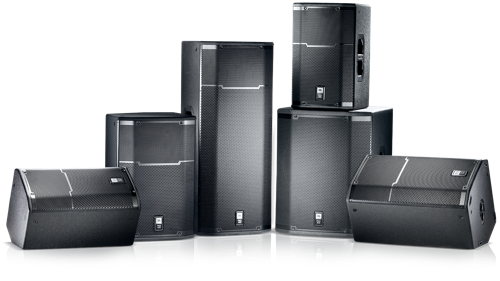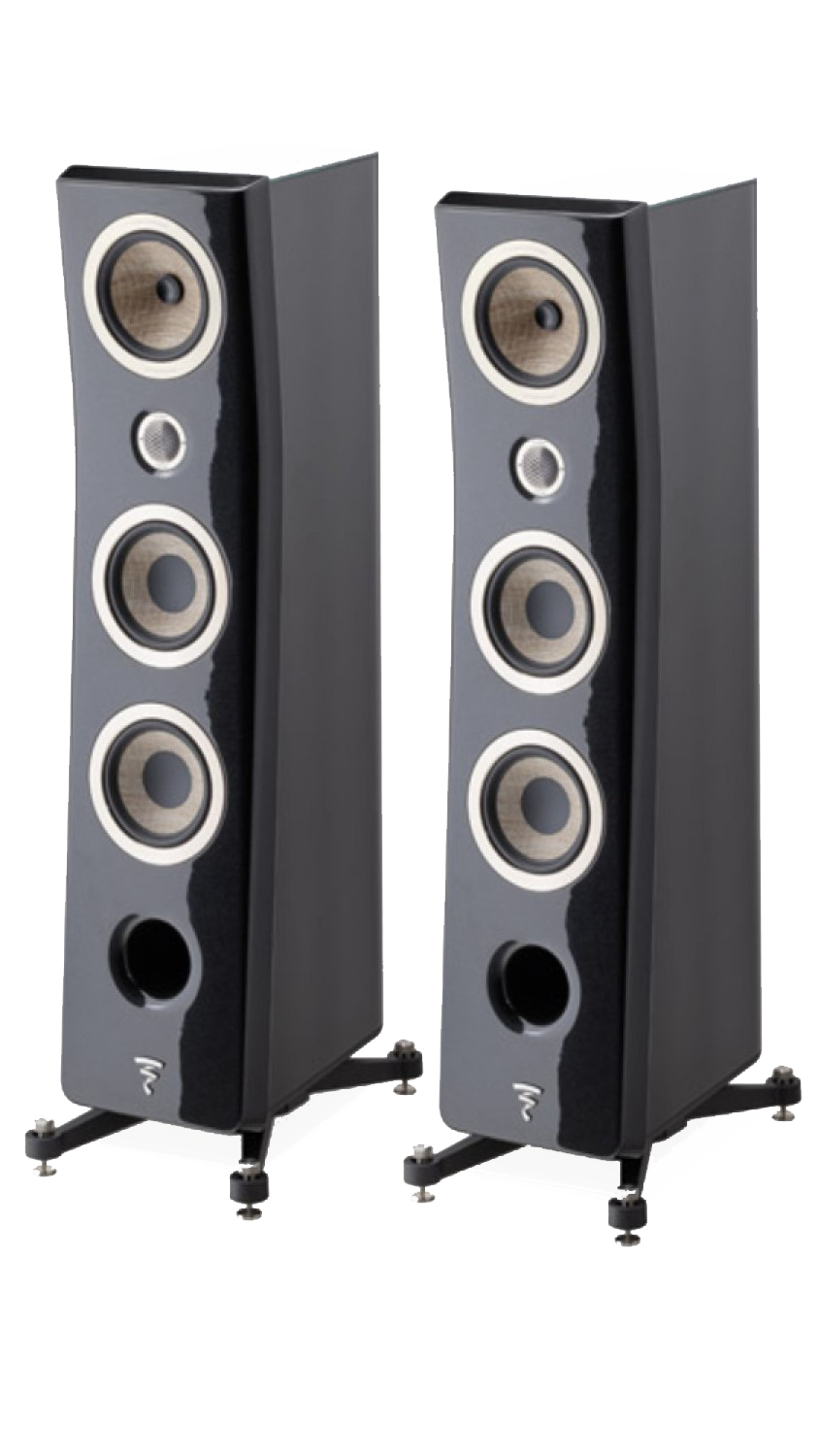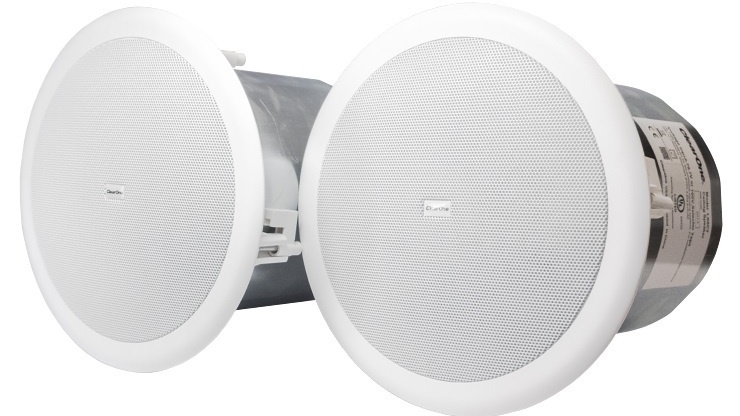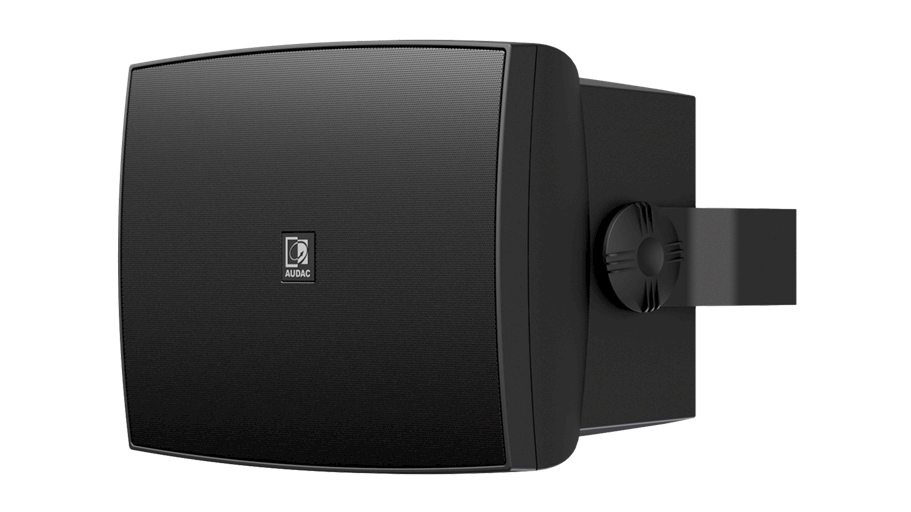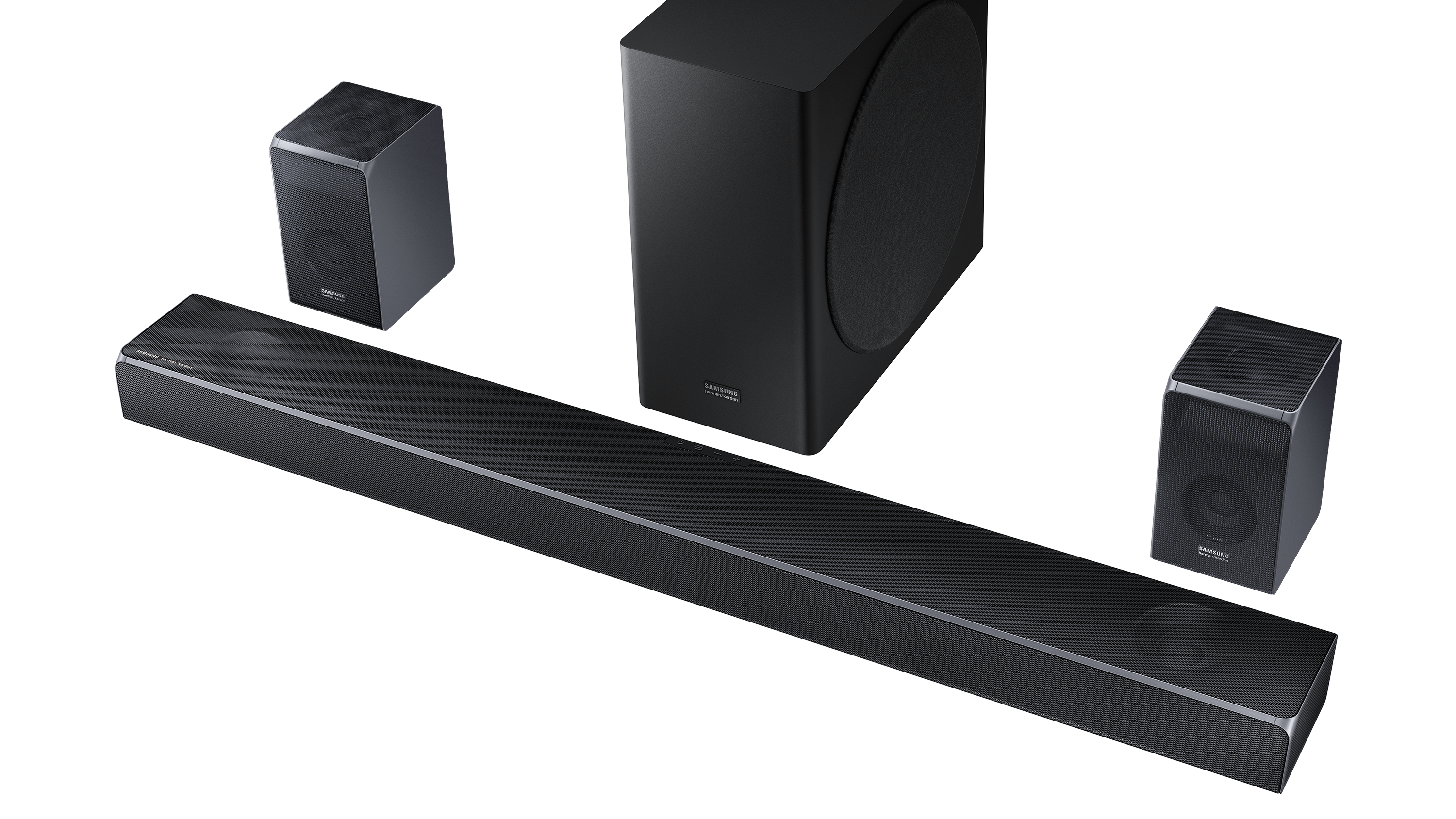Types of Speakers In Meeting Rooms
Audio must be intelligible
There are many types of speakers in the market today, and this is always a plus for anyone who is looking for an audio solution that will pertain to their every need, including power, sound quality, shape, size, personality, and certain personality specialties each type comes with. However, it is highly recommended to do a little bit of research on specifics in order to enjoy high utility value and find which speaker is best for you depending on your meeting rooms. Not only which “type” of speaker is important to understand, but you should also make it a point to overview some of the popular speaker specifications, such as determining frequency response, impedance, sensitivity, and of course the speakers’ power handling capabilities. These are essentials that determine the overall quality and also help you create a customized soundscape wherever you may need it.
Loudspeakers
The loudspeaker is the most common household speaker. These have been a staple of family life since the beginning of radio. For older generations, the loudspeaker was the only way to get sound from your television or stereo. Giant floor standing speakers were how this older generation grew up. Today, they even come in small, fit in your pocket styles that produce quality sound. Or perhaps you can go somewhere in the middle with a portable PA system. The loudspeaker commonly has a woofer, mid-range speaker and a tweeter, thus eliminating the need to buy several different types of speakers to produce a full range of sound. They can be mounted in the ceiling or in the wall, and some types can even be setup outdoors. Many are powered, called ‘active’, while others need an amplifier with passive PA speakers. They’re mostly used for stage performances, karaoke or any other use where you need to cover a lot of ground in your particular setting.
Floor Standing Speakers
Cornerstone is a very dramatic way of describing anything, but when it comes to speaker types, the floor standing speaker truly defines it. When shopping for a home theater system or just a home studio type of setup for your listening pleasure, the floor standing speaker should be the foundation of that setup. At about 4 feet tall (though some are taller), they will be completely visible anywhere in the room. They come in a myriad of configurations, with a wide range of sound, depending on which configuration you are looking for. Some styles also add a subwoofer to the mix for a full range of sound. Most floor standing speakers are unpowered, and need a receiver or amplifier.
In-Wall/Ceiling Speakers
Quality in-wall or in-ceiling speakers can be a bit difficult to install and are not exactly budget-friendly, but walking from room to room in your house and having your music follow you around is really something to behold. That being said, the in-wall/ceiling speaker is perfect for the home where floor space is at a premium. Professional installation is recommended because getting the wires through the ceiling, down the wall and through the fire wall is not for the faint of heart. Specialized tools are necessary for some parts of the wall and spending a weekend crawling through the attic isn’t fun. Sizes and configurations vary from 2-way speakers to 10 or more. Most come with a cover to hide the speaker flush in the wall, and provide quality sound when placed at seating level.
On-Wall Speakers
For On-wall speakers, the advantage of not having to put big holes in your ceiling or walls (which your landlord won’t thank you for) means that you can mount them wherever you like. In a surrounding environment, mounting the speakers on the wall at ear level will allow you to skip having to purchase floor standing speakers altogether. With some styles including mounting brackets, installation is easy. Hiding the wires becomes the hard part. They come in a variety of colors and styles, so matching your décor shouldn’t be a problem. On-wall are types of speakers that are unpowered, so you’ll have to have an amplifier or receiver to plug them in to.
Soundbars
We won’t spend too much time on soundbars. Of all the speaker types, this one is the hybrid. In the standard sense, they are basically a center speaker. Really it’s a flatter, horizontal floor standing speaker. Surround sound is accomplished by using several smaller speakers like woofers, mid-range and tweeters in the bar. Typically the sound quality is lacking in the lower bass frequencies, but today you can purchase them with a subwoofer and surround speakers to enhance the surround experience.
We’d love To Meet You In Person Or Via The Web!
Main Office: Suite M-01, 512, 3rd Street, Abu Dhabi, UAE
Phone: + 971 2 6767019
WhatsApp: + 971 55 3979668
Email: web@OfficePlusUAE.com


